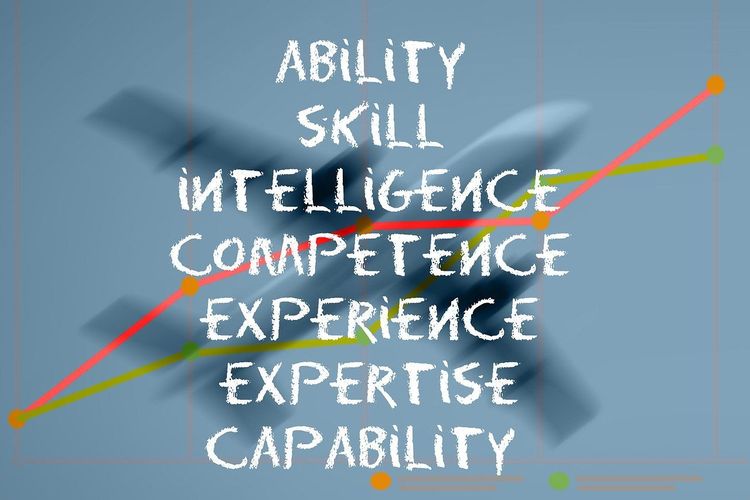The Evolution of Product Design: Embracing Innovation through Collaboration
Product design is currently undergoing a significant transformation driven by emerging technologies like artificial intelligence (AI) and spatial computing. While AI may minimally influence interface design, it profoundly impacts the overall product ecosystem. In contrast, spatial computing redefines human-computer interaction, challenging our long-standing perceptions of what a computer can be.
In this era of innovation, product design demands a broader perspective, emphasizing the interconnectedness of various technologies. This shift highlights the necessity for technologists and designers to collaborate throughout the design process.
Continuous Innovation: The Key to Business Success
For companies aiming for success, innovation is an ongoing pursuit. There is an unyielding drive to discover new solutions that enhance user experiences, widen product reach, or generate additional revenue streams. Product design simplifies the innovation journey, enhancing the probability of success by employing multidisciplinary processes, frameworks, and methodologies.
Technologists' roles in product innovation have evolved beyond validating technology or concepts; they now actively contribute to the creative process. Before delving into the unconventional ways technologists engage in product development, it's essential to clarify what we mean by innovation and product design.
The term "innovation" implies introducing something new or a novel method. Yet, it is often misconstrued as something grand and transformative. Innovation can be straightforward and incremental, focusing on what is "new" within specific contexts, such as teams, products, processes, or entire business units. Sometimes, breakthroughs arise from small adjustments rather than monumental revelations.
Understanding Product Design as a Holistic Process
Product design should be viewed as a process rather than merely a discipline or deliverable. It’s easy to confine product design to aesthetic elements, such as color schemes and layouts. However, it encompasses a far broader range of activities. Effective product design can guide business strategy, enhance user experience, and inform technological explorations.
The product design process establishes a framework for any innovation initiative. At its core, product design involves astute decision-making, enabling teams to make timely and strategic choices that mitigate risks and foster innovation.
The Expanding Role of Technologists in Product Innovation
As technologists, our role in product innovation is more strategic and philosophical. We must convey the essence of our technologies and thoughtfully consider their applications in solving real-world problems. Our contributions are most valuable when we shift our focus from narrowly defined tasks to a broader vision: translating the technicalities of technology into practical products and services.
For many technical leads and developers, this represents a shift from a tactical approach to a more strategic mindset. While this adjustment may be challenging, it is crucial for developing innovative products that resonate with business needs.
Technological innovations need to address specific business problems, whether external, such as delivering new features, or internal, such as optimizing processes for efficiency. Keeping the business needs at the forefront is vital; otherwise, efforts can devolve into academic exercises rather than practical solutions.
Using a simple analogy, consider the act of hanging a picture. The specifics of tools or methods are secondary to the end goal: getting the picture straight on the wall. Likewise, the technologies employed in product development are important only insofar as they contribute to solving the underlying problem and enhancing user experience.
Navigating the Ambiguities of Product Innovation
Product innovation is inherently experimental and may not always yield immediate results. It demands patience and a willingness to embrace uncertainty, as outcomes can be unpredictable. This uncertainty often poses challenges for business leaders, making it difficult to translate pure technological advances into tangible value.
A noticeable gap can form between technology and product teams, leading to misunderstandings. Technology teams may struggle to articulate the benefits of their innovations, resulting in unmet expectations and the frustrating notion of “technology for technology’s sake.”
A pertinent example is the current AI hype cycle. For technology and product executives, the challenge lies in finding meaningful applications for AI rather than simply incorporating it for its own sake. The design process should inform the technology utilized, ensuring that it becomes a seamless and natural solution.
As experts in technology, we can provide valuable insights that guide product design. When technologists share their expertise about various technologies, designers can leverage this knowledge to inform visual and interactive design elements. This collaboration fosters new interaction models and enhances product channels, instilling confidence in design promises.
Just as artisans must understand the properties of different materials — whether paint, stone, or wood — technologists must grasp the intricacies of their technology. By doing so, we bridge the gap between abstract creative concepts and the technical realities of product development. This perspective is essential, particularly during growth phases or when harnessing emerging technologies.
Regardless of your product's stage—whether it’s scaling or stable—or the type of technology employed, integrating technologists into the product strategy and design process significantly enriches the final outcome. Their insights can spark innovation, leading to impactful small adjustments or even revolutionary ideas.
In summary, successful product design thrives on collaboration between technologists and designers, embracing innovation, and staying attuned to business needs. This approach opens avenues for both incremental improvements and groundbreaking advancements.







